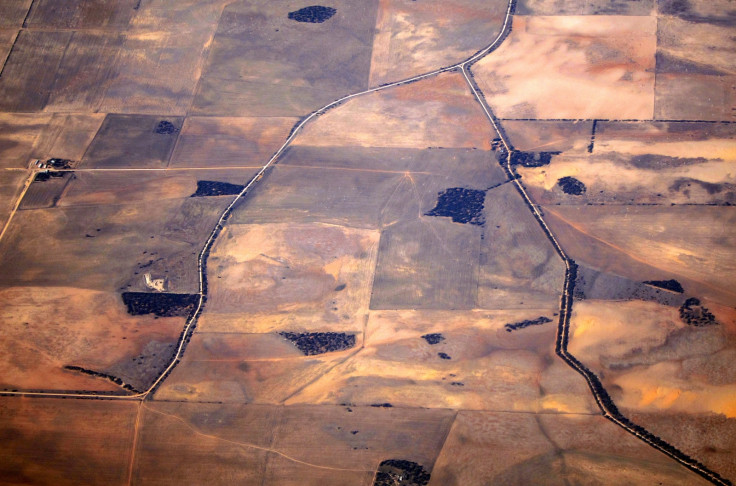Climate change: Hopes to stay within 2 degree rise fade as national plans fall short on required emissions

The United States, the biggest historical polluter to date, issued its formal statement on emissions target, stating that it would reduce emissions by 26-28% below 2005 levels by 2025, and make the "best efforts" to reduce it by 28%.
Submitting its Intended Nationally Determined Contribution (INDC) to the United Nations Framework Convention on Climate Change (UNFCC) on Tuesday, it joined the EU, Norway, Switzerland and Mexico in doing the same before the deadline. Together they account for 50% of global emissions.
Net global emissions of carbon must drop 40-70% by 2050, hitting zero by the end of the century, the IPCC has said, in order to avoid a temperature rise beyond two degrees – seen as the threshold for irreversible climate change.
The World Resources Institute believes the indicated INDCs so far will fall short of emission cuts required for the above.
Too less, too late
Research conducted by the Global Carbon Project has shown that the means to a two degree limit are slipping away fast. Their claim has been supported by teams at the University of California and the Scripps Institution of Oceanography.
Continued failures to mitigate emissions globally could see emissions blowing through this limit eventually.
Switzerland has promised to reduce its greenhouse gas emissions by at least 50% by 2030 from its 1990 level whereas the European Union (group of 28 countries) promised to cut its emissions by at least 40% by 2030.
Norway has pledged at least 40% cut by the year 2030 compared to 1990 level while Mexico, the only nation from the developing bloc to announce its target, said its overall net greenhouse gases will peak by 2026.
These climate action plans will form the basis of the climate talks in Paris in December which will decide the post-2020 climate action by the nations.
China, which is currently the top carbon emitter, and India at a close third position, are yet to commit on their climate strategies.
Ambiguous pledges
China has said its carbon emissions will peak around 2030 which leaves much room for emissions depending on what the peak will be.
India has refused to announce a peaking year, citing growth imperatives and has preferred to emphasise on its adaptation measures.
The European Union has pointed to its per capita reductions in emissions but the US prefers not to use this measure as its emissions per capita at 17 tonnes (similar to Saudi Arabia and Australia) are far higher.
The US has ramped up the rate of emissions reductions from an earlier 17% by 2020 to 28% by 2025.
Small island nations seek more limits
A recent commentary report from the IPCC argued for limiting temperature rise to 1.5 deg C saying that a two degree rise was more than what can be tolerated by marine ecosystems and marginalised human populations.
Published in the open access journal Climate Change Responses, the report criticised the usage of average global warming figures, noting the wide regional climate variations it included.
The Copenhagen Accord was based on outdated material, the report claimed.
Many small tropical nations facing alarming sea level rise are also calling for a 1.5-degree limit because it could keep sea level rise below one metre.
© Copyright IBTimes 2025. All rights reserved.





















